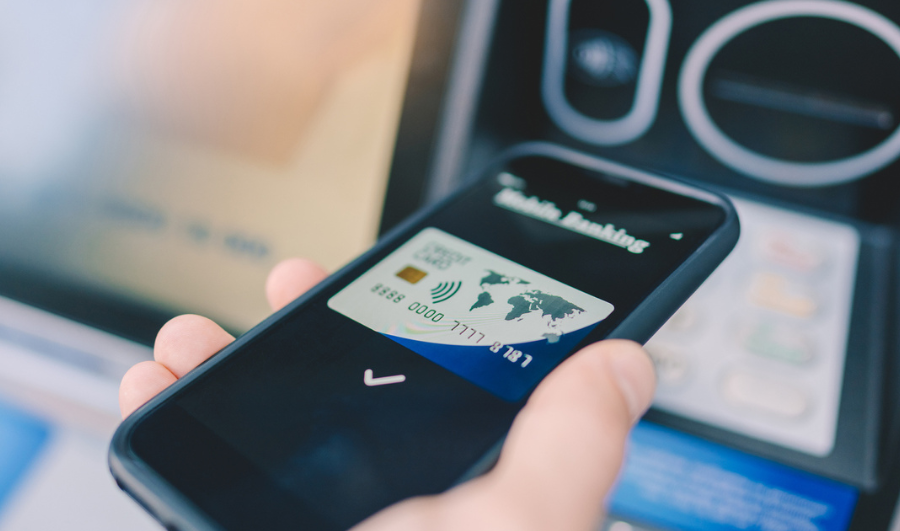If you run a business or are a services provider looking to offer payments under your own brand, it’s worth understanding what a payment gateway really is and how a “white label” version fits into your strategy. In this article you’ll discover what a white label payment gateway means, how such a solution works, its benefits, and how you might implement it. You’ll also get examples and a step-by-step outline so you can see clearly how this type of white label payment platform operates and whether it might be right for you.
| Table of Contents ● What is a Payment Gateway? ● What Is a White Label Payment Gateway? ● How Does a White Label Payment Gateway Work? ● Example of a White Label Payment Gateway ● Benefits of Using a White Label Payment Gateway ● Things to Consider while Selecting White Label Gateway Providers ● Is It Right for You? ● Conclusion |
What is a Payment Gateway?
First, let’s clarify the core term. A payment gateway is the technology that allows you to accept online or in-store payments: it captures your customer’s payment information (card, UPI, wallet, bank transfer), securely routes it through banks and networks, gets the authorisation, and finally transfers the funds to your merchant account. So when a customer clicks “Pay”, the payment gateway is the behind-the-scenes system enabling that to happen.
What Is a White Label Payment Gateway?
The term white label payment gateway refers to a fully-operational payment gateway solution that you can rebrand and present to your customers as if it were your own. In essence, you or your business partner use the infrastructure, security, and processing of a third-party provider, but the interface, checkout page or integration appear under your brand.
You might also hear it called a white label payment platform, or white label payment gateway software. The key is that the back-end (processing, compliance, routing) is handled by someone else, while you maintain the front-end branding and experience.
How Does a White Label Payment Gateway Work?
Here’s a simplified step-by-step of how a white label payment gateway solution typically works:
- You choose a white label provider – One of the white label payment gateway providers you partner with offers you the infrastructure, APIs, dashboards, compliance and processing.
- Branding & configuration – The platform is customized with your logo, colours, domain or sub-domain, and any branding so that your customers see your brand not the third-party.
- Integration – You or your developers integrate the payment checkout or payment pages into your website/app using the supplied API/SDK from the white label provider.
- Payment flow – When a customer pays, the white label system works like a traditional gateway: it captures data, encrypts it, sends it to the acquiring bank/payment processor networks for authorization, then settles the funds into your designated account.
- Reporting & support – You get access to dashboards, settlement reports, reconciliation tools. The provider handles compliance (PCI-DSS, fraud monitoring) behind the scenes.
- Revenue stream – Because it’s your brand interface, you may charge your customers (merchants) fees, set up subscription plans or earn a share of transaction revenue; the white-label provider takes care of the heavy lifting.
Example of a White Label Payment Gateway
Imagine you manage a software-as-a-service (SaaS) platform for event organizers. You want your users (the event hosts) to take payments for tickets under your brand. Instead of sending them to “OtherGateway X CHECKOUT”, you partner with a white label payment gateway provider. You configure the checkout page to have your logo, your colour scheme, and a URL like “payments.yourbrand.com”. The user of your platform doesn’t realize your underlying partner is a separate payments specialist. They simply see your branded checkout and trust it.
In this scenario you are using a white label payment gateway solution to offer payments as part of your overall service. Your platform becomes the brand the end-customer recognises for payments; the provider offers the processing, infrastructure and regulatory compliance. You may earn additional revenue from transactions that pass through your branded checkout.
Benefits of Using a White Label Payment Gateway
There are many advantages when you adopt a white label model. Below are some of the key benefits of white label payment gateway solutions:
- Branding & Control: You maintain your brand identity and give your customers a unified experience rather than redirecting them to a third-party gateway.
- Speed to Market: Because the infrastructure is ready, you get a payment solution faster than building one from scratch.
- Lower Costs: You avoid large upfront investment in building payment infrastructure, compliance systems, fraud-monitoring too.
- Revenue Opportunity: If you are a platform or software provider, you can monetize the payments feature and earn a share of fees.
- Scalability & Maintenance: The provider handles updates, security, new payment methods; you focus on your business.
These benefits make the white label payment solution especially attractive for SaaS platforms, marketplaces, fintech gateways, and other businesses that want payments under their own brand.
Things to Consider while Selecting White Label Gateway Providers
While the benefits are compelling, selecting the right partner and setup matters. Here are some points when evaluating white label payment gateway providers or white label payment processor arrangements:
- Branding depth: How much customisation do you get (domain, UI, logos, checkout page)?
- Payment methods supported: Cards, UPI, wallets, net-banking, subscriptions – does the gateway cover your region and your customers’ preferences?
- Security & compliance: Is the provider PCI-DSS compliant? Who handles fraud? You still carry some brand risk if payments fail.
- Technical integration & APIs: Does it fit well with your website, app, POS or back-office systems?
- Fees, revenue model, contract terms: What are your costs, what revenue share you can get?
- Support & service levels: If payments fail or disputes happen, how does the provider handle them?
- Ownership/Responsibility: Since you present the brand, your brand is visible in every transaction. Choosing a reliable white label payment gateway software partner matters.
By carefully comparing these dimensions you’ll be positioned to select a white label payment gateway solution that meets both your technical and business needs.
Is It Right for You?
The decision to use a white label payment gateway depends on your business model. If you simply need to accept payments under another brand, a standard payment gateway may suffice. But if you:
- are a platform or SaaS provider and want to offer payments as part of your value-proposition
- have your own brand identity and want end-to-end experience under your name
- want to add a revenue stream by reselling payment services,
then a white label payment gateway makes a lot of sense.
Through using a white label payment platform, you provide your users or merchants a branded checkout, while the back-end remains powered by a specialist.
Conclusion
A payment gateway is fundamental to digital commerce and payments acceptance. When you compare white label payment gateway providers, explore their white label payment gateway software, integration, support, and economics. With the right partner, a white label payment solution can become a strategic asset in your offering, enabling you to create a seamless payment experience, control your brand narrative, and unlock new revenue possibilities. By understanding how the model works, what you need to check, and what benefits you stand to gain, you’ll be better equipped to evaluate whether this approach is the right move for your business.


